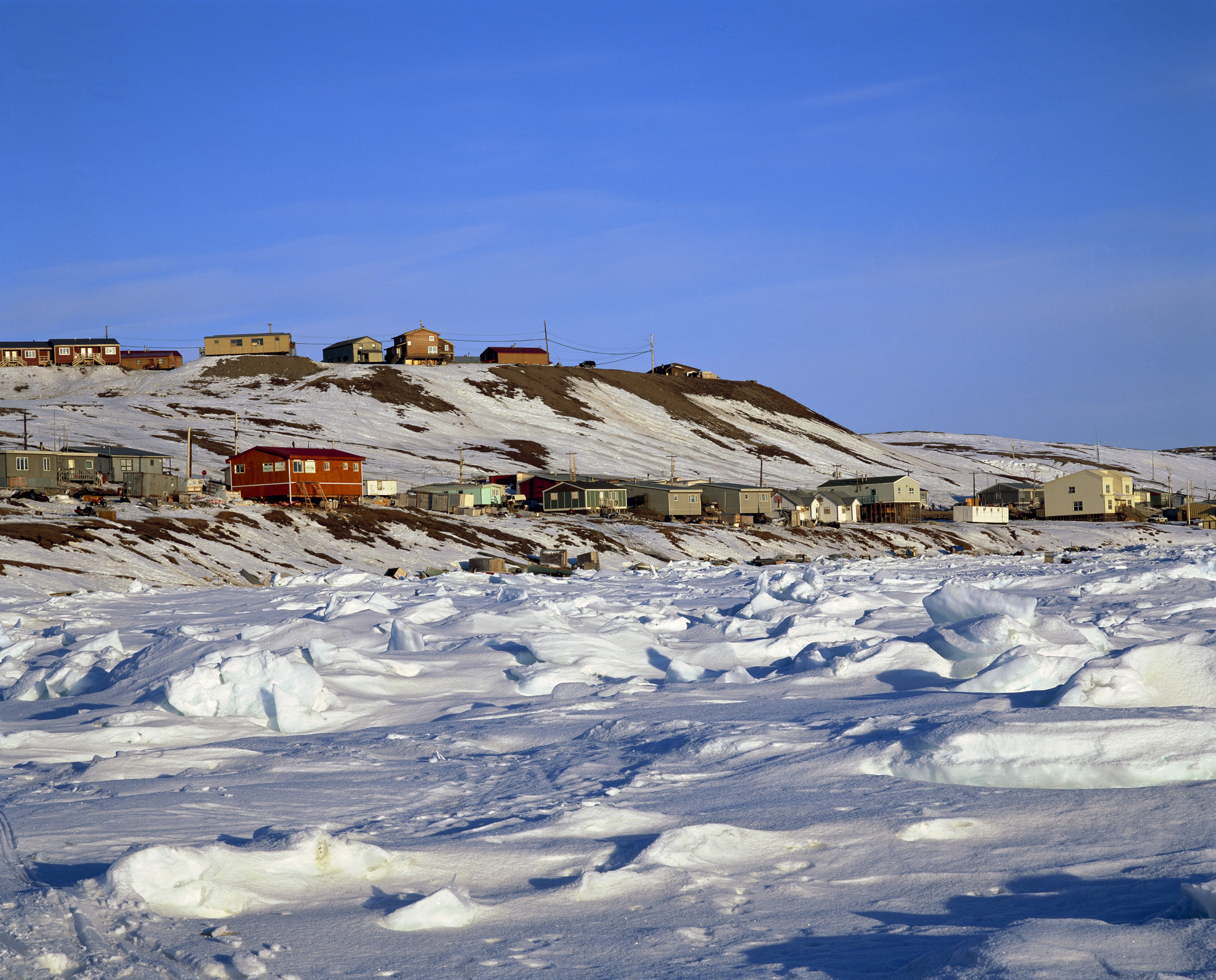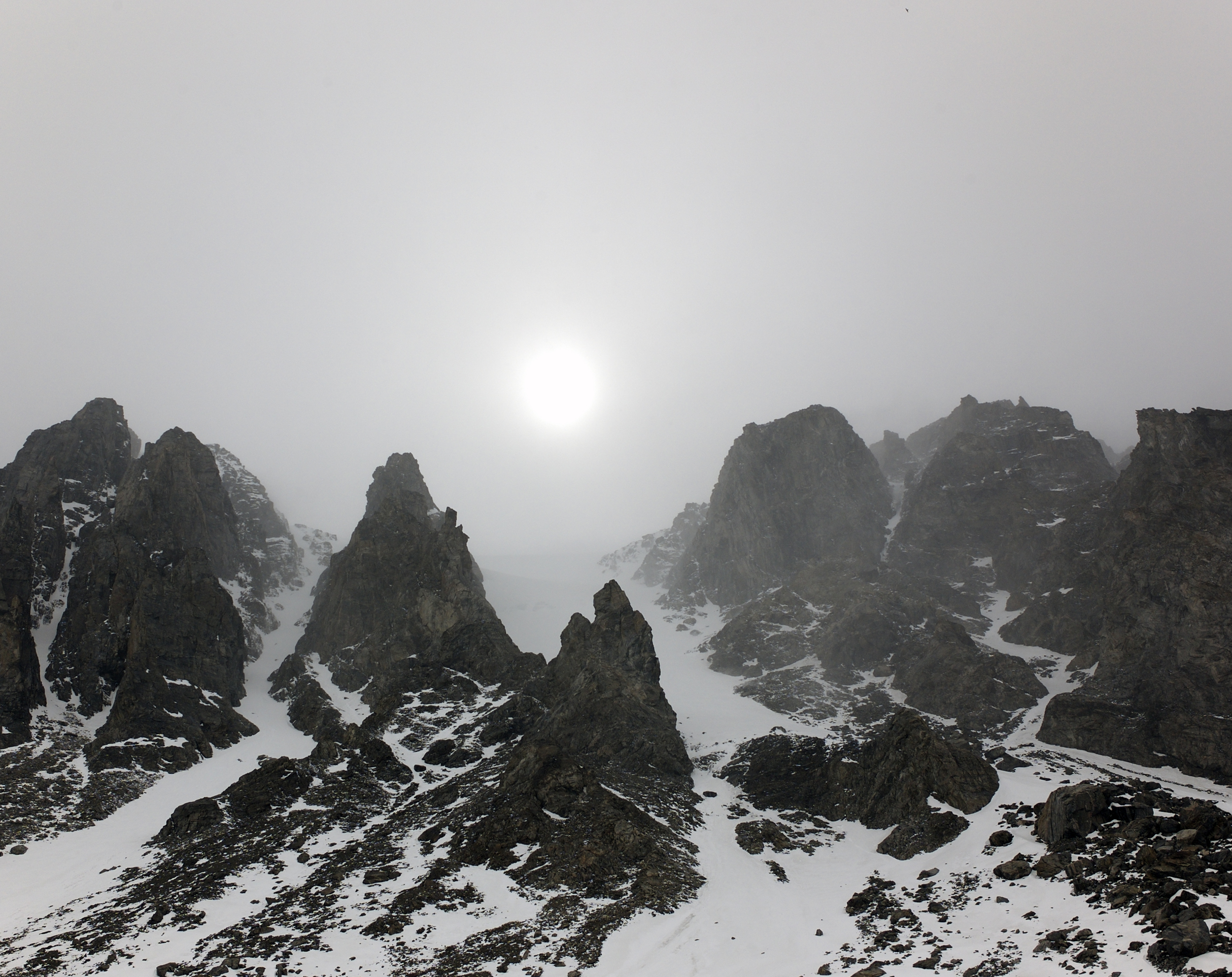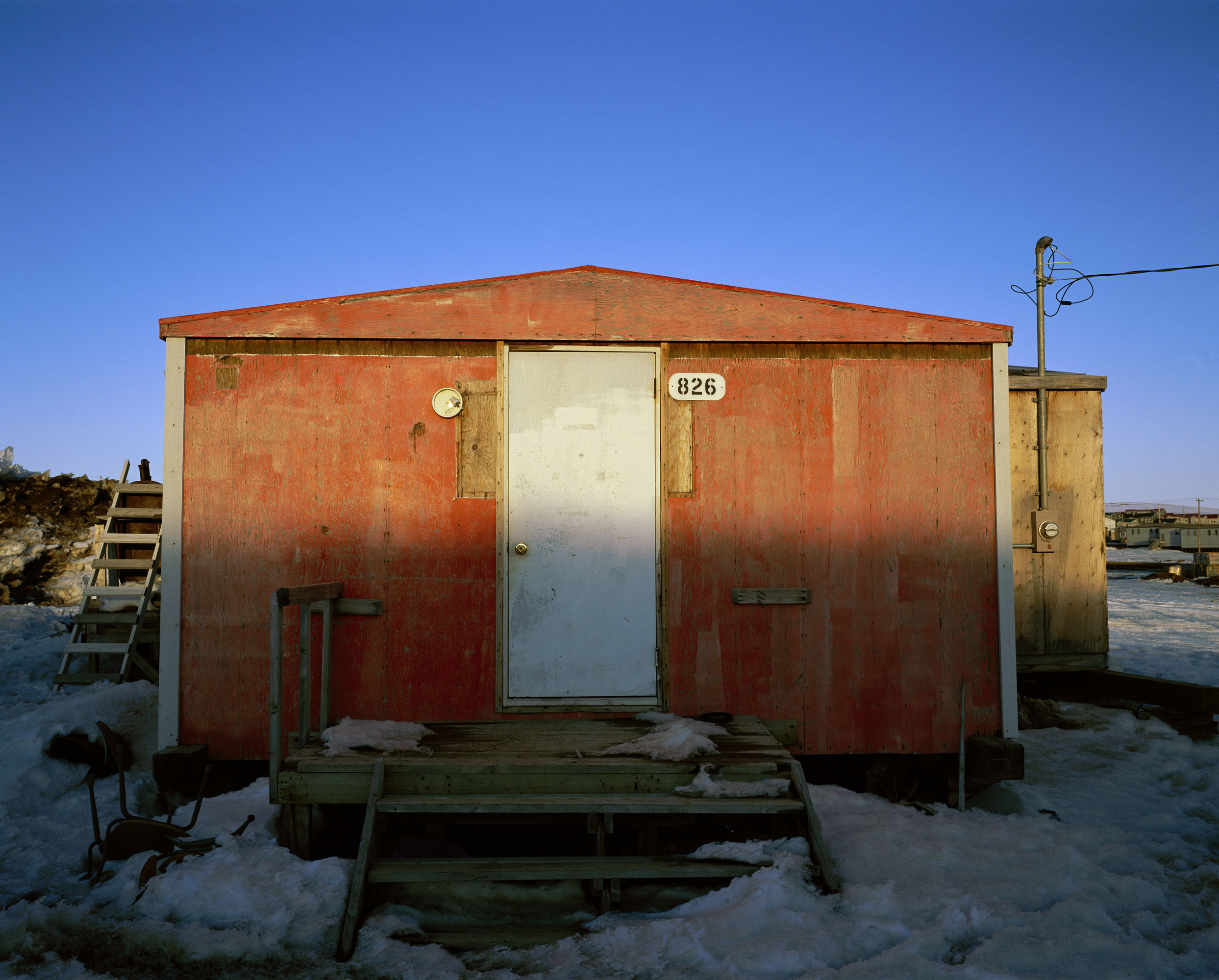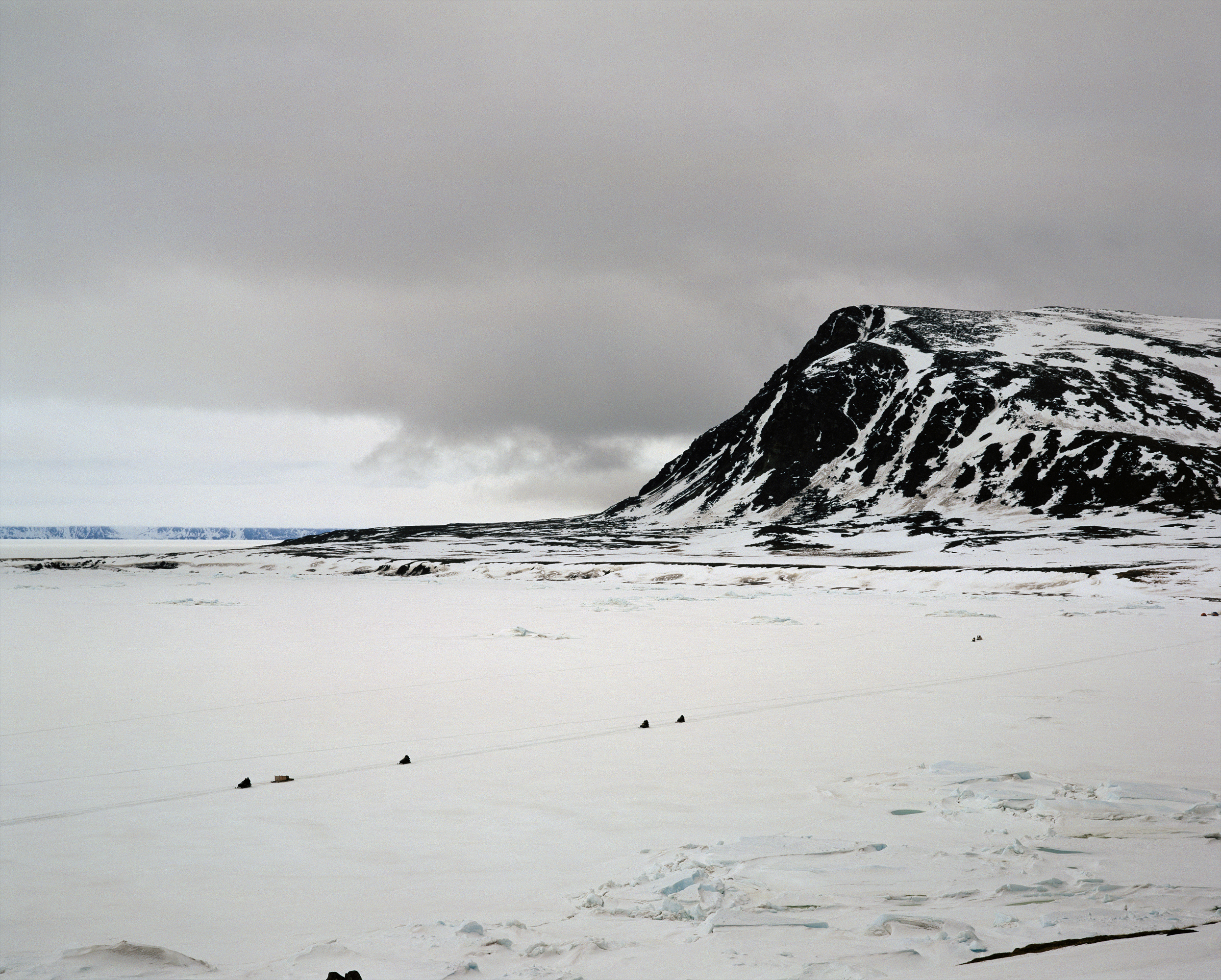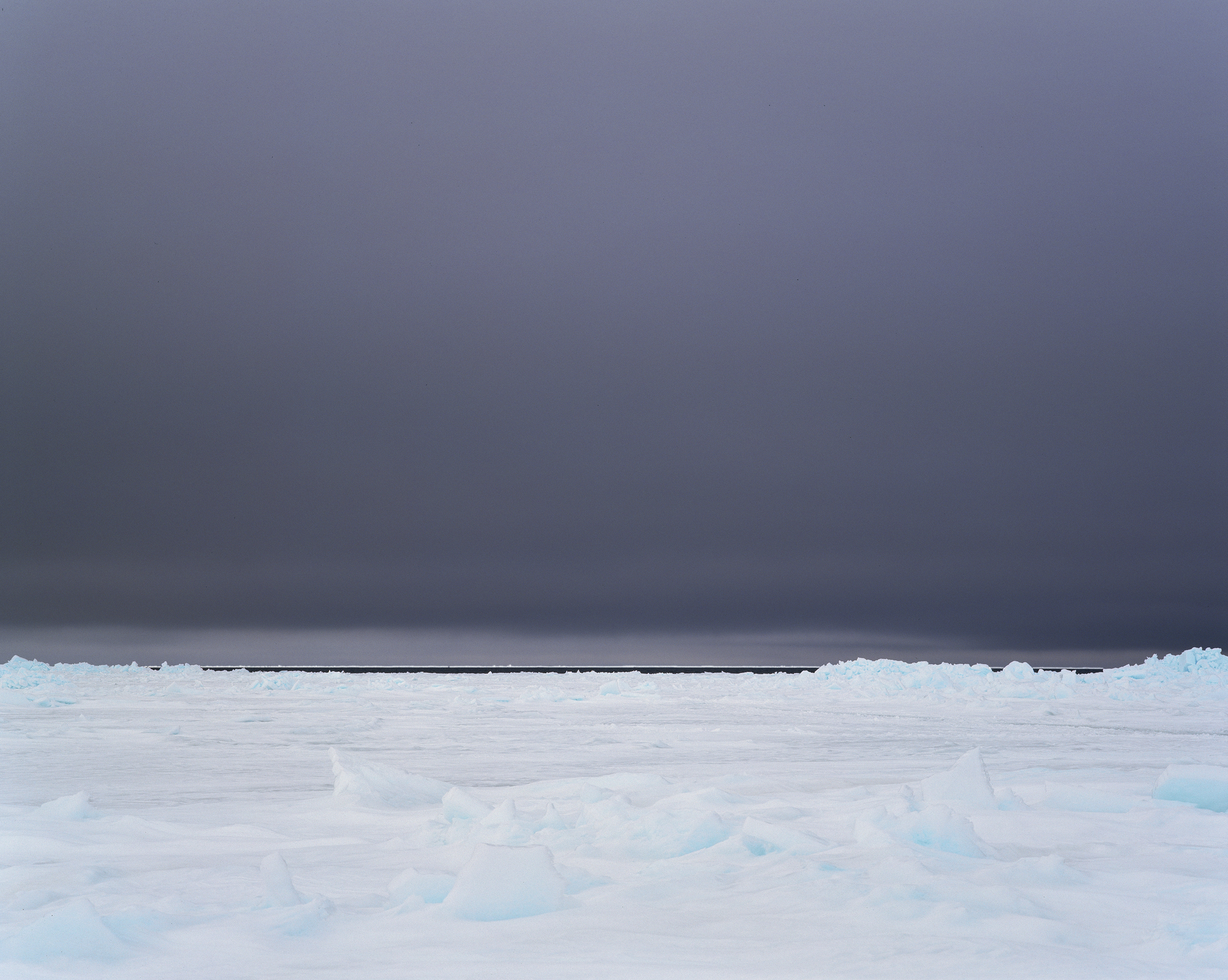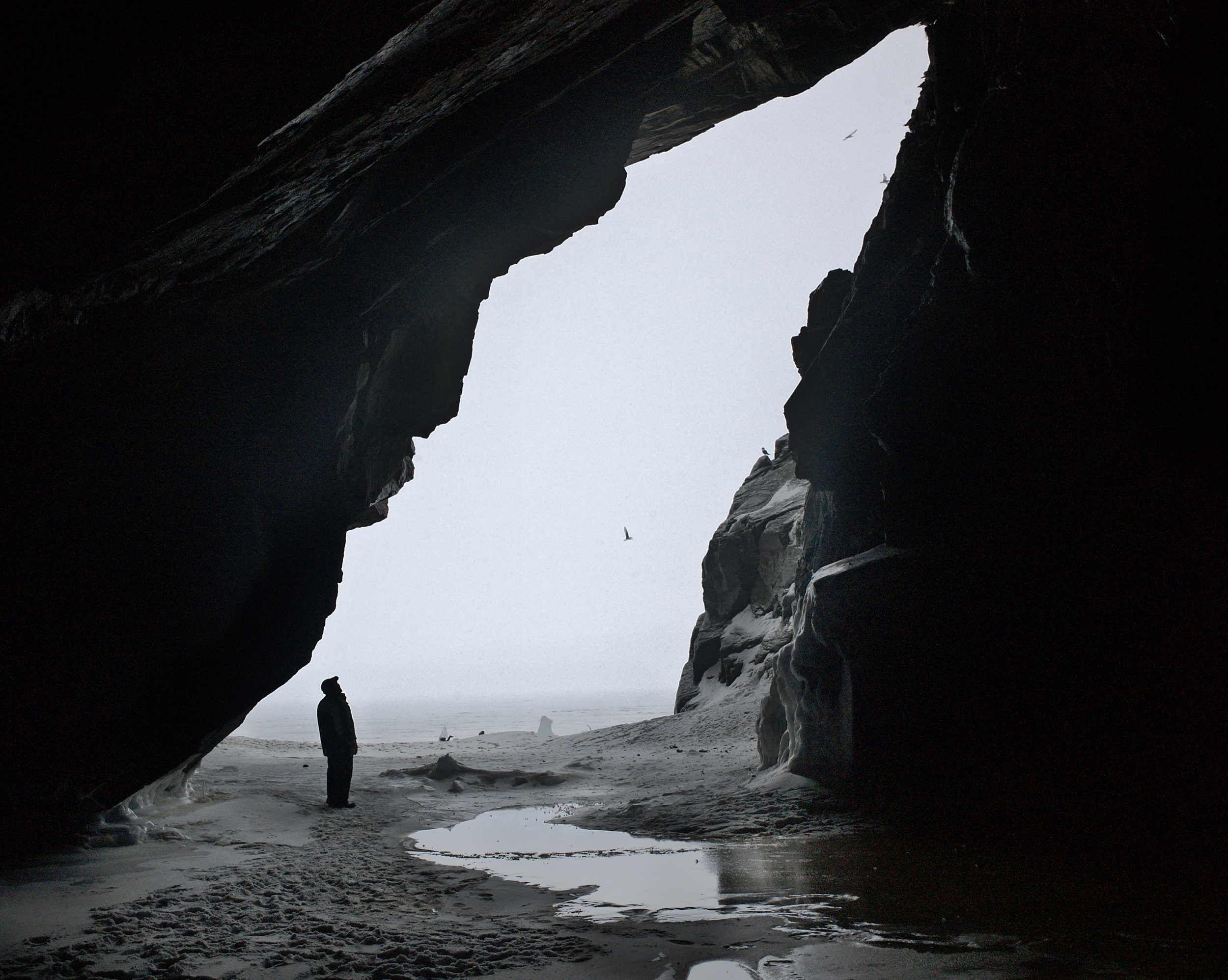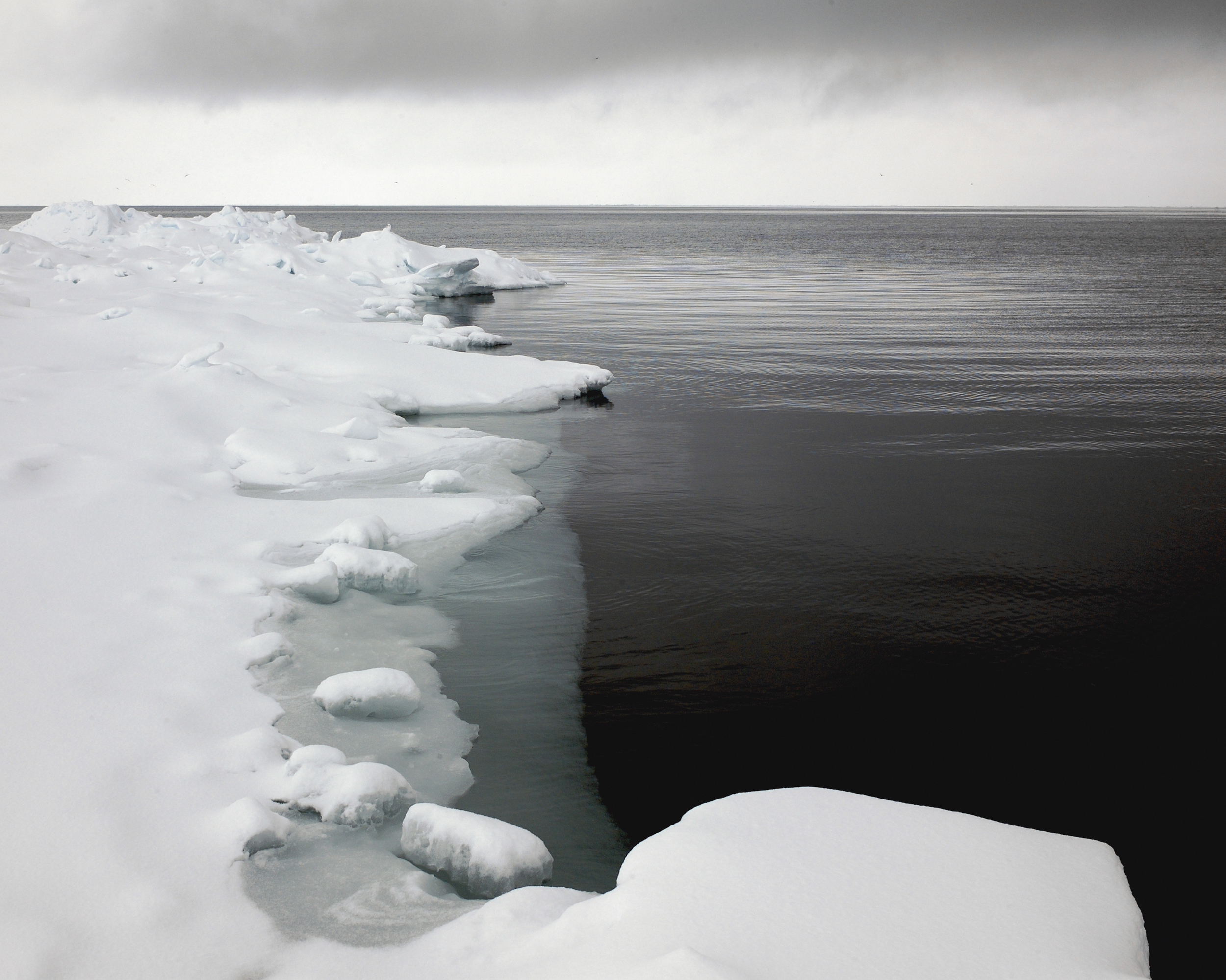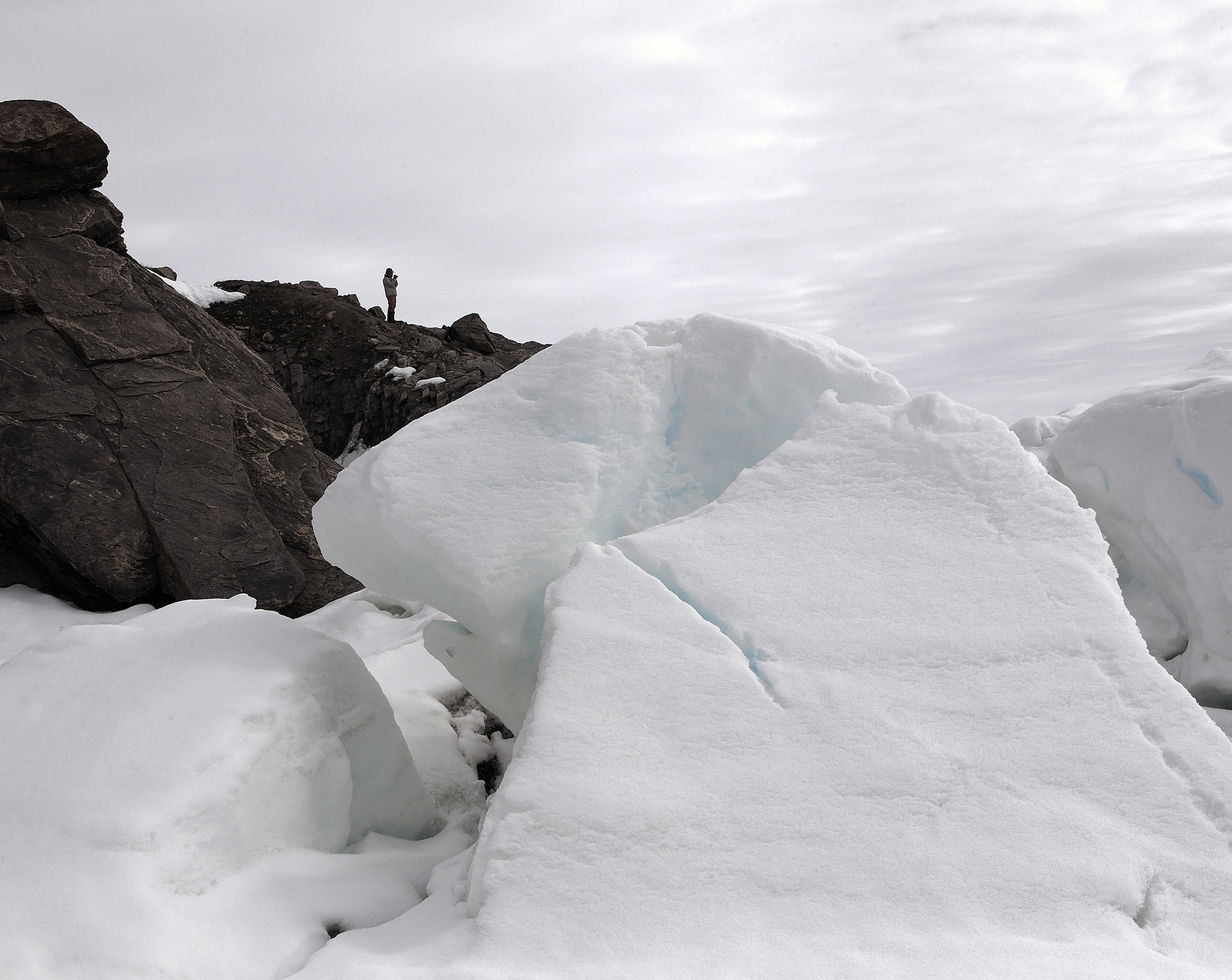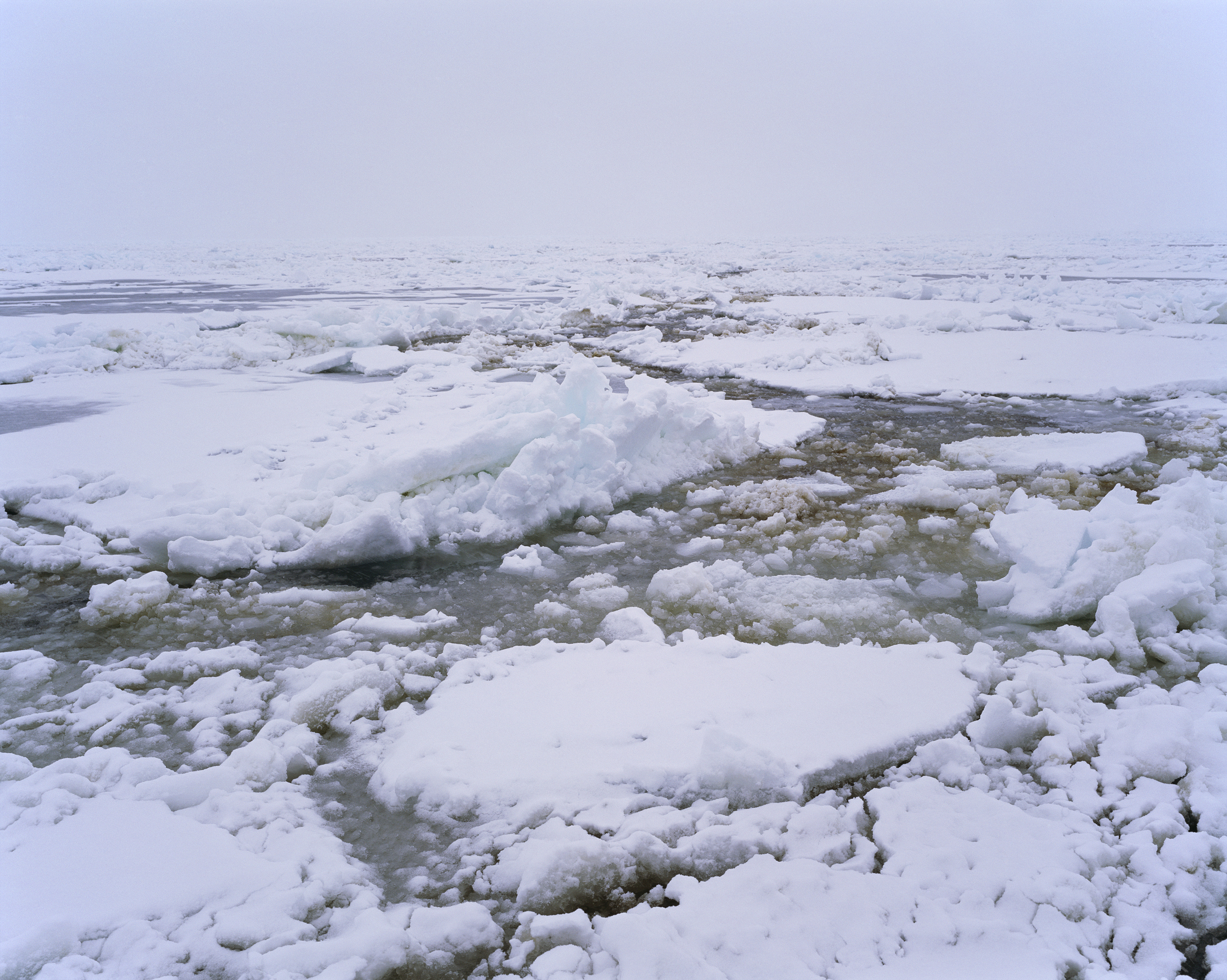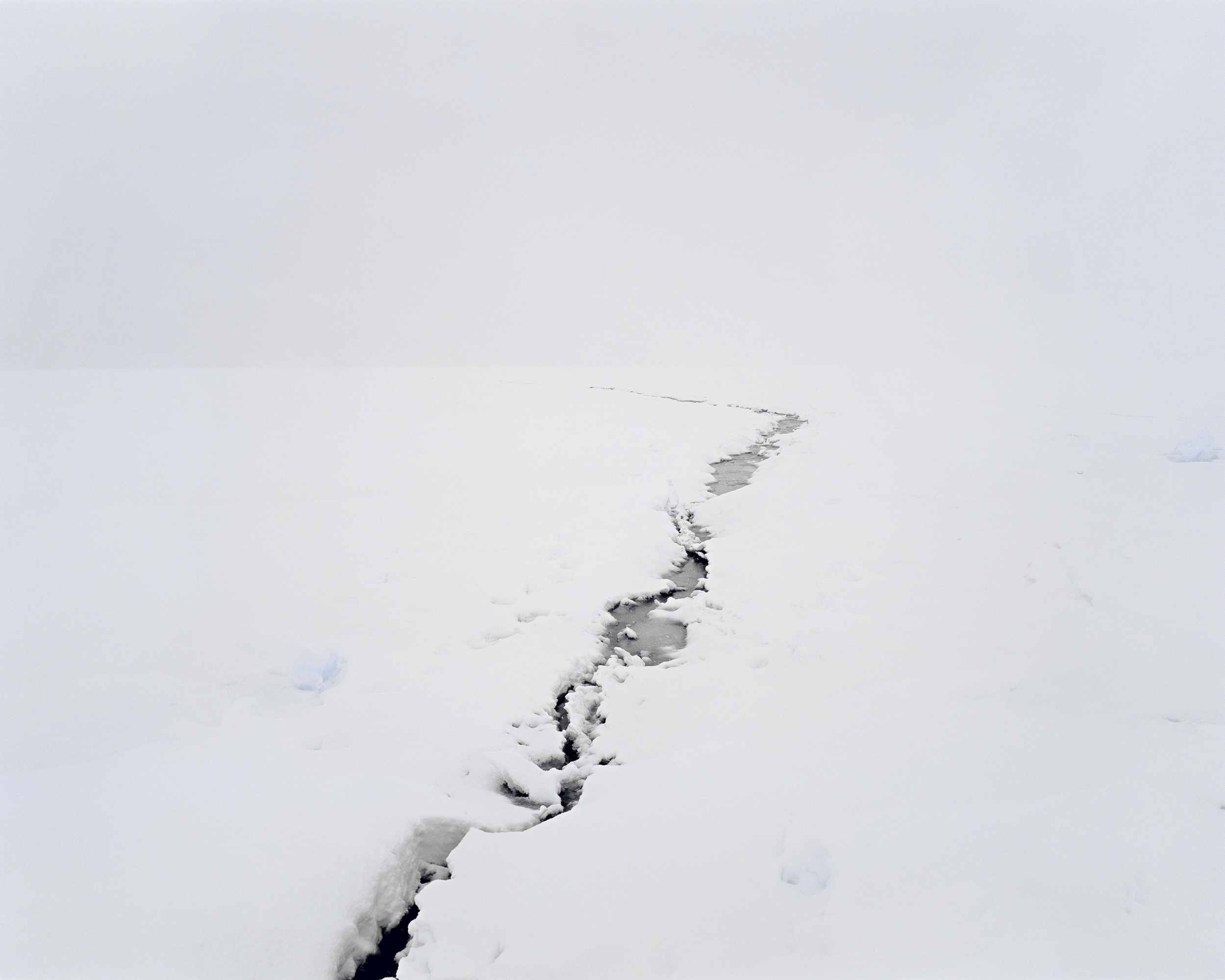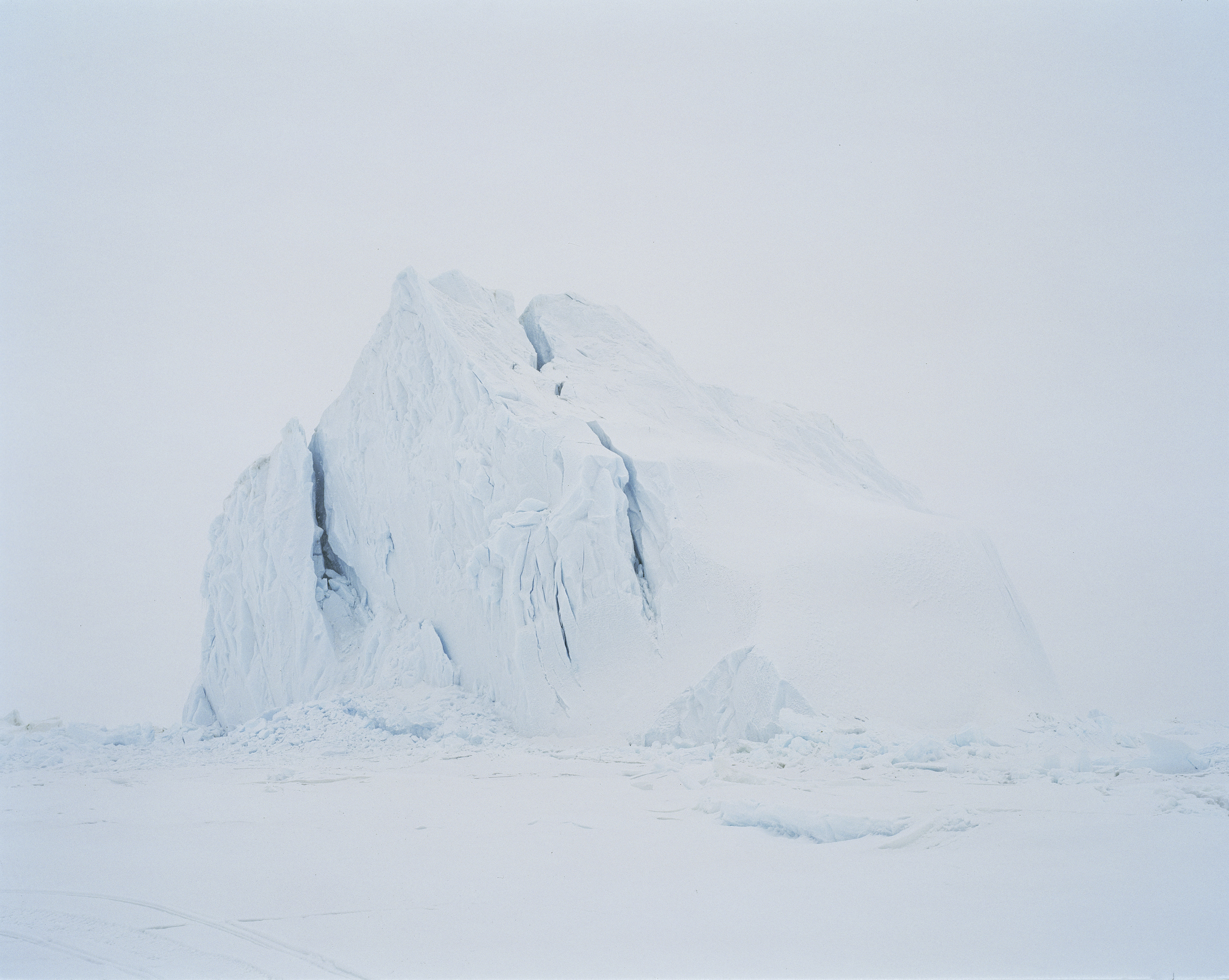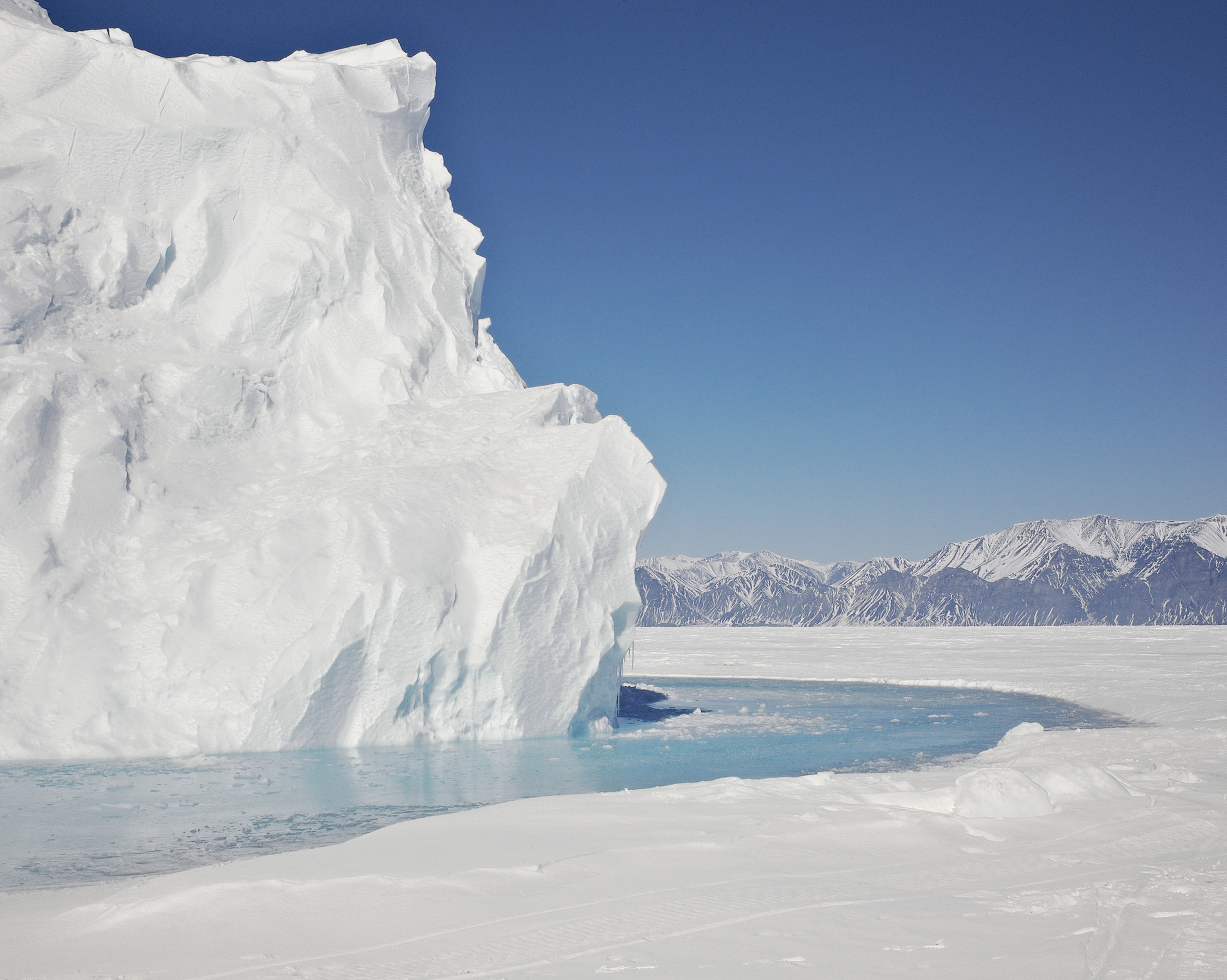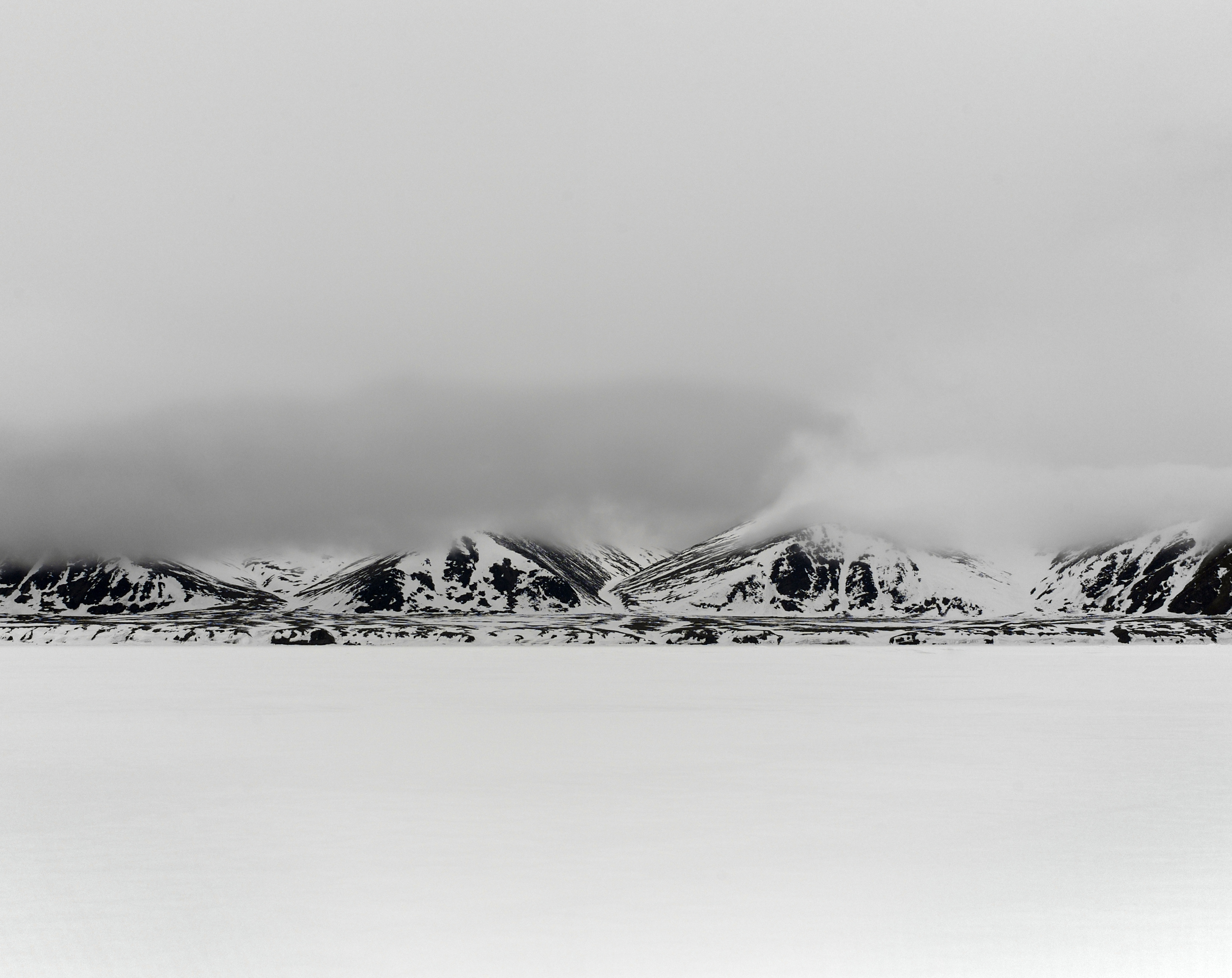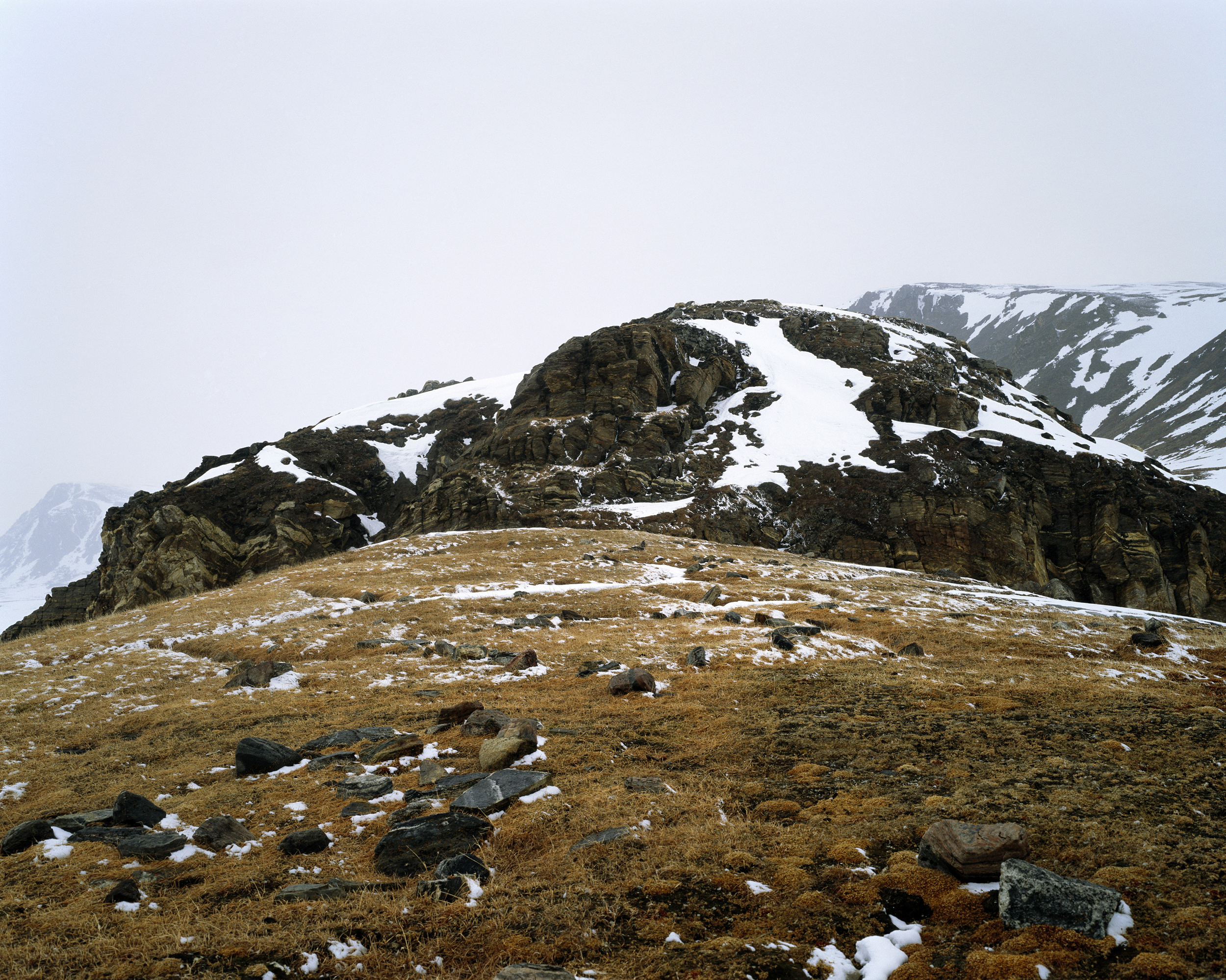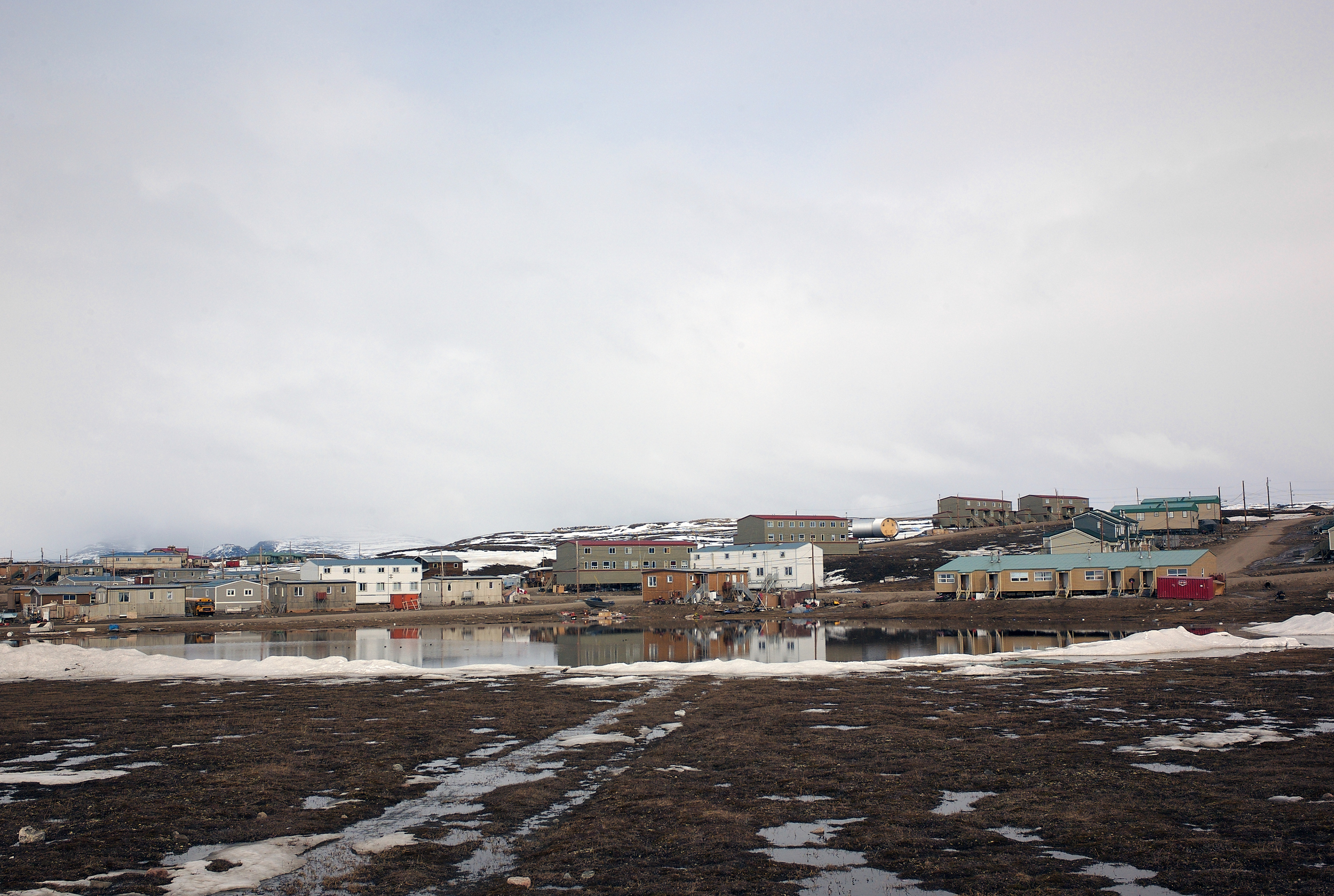Arctic
With an award from the Toronto Community Foundation, in May 2007, I joined several nature photographers to survey the melting ice and wildlife of an Inuit hamlet called Pond Inlet at the northern tip of Baffin Island, Canada. Not far from the hamlet is Baffin Bay, where ice shelves hinged to land rub up against slabs of seasonal ice — the floe edge. Algae breed on the underside of the ice, fueling a remarkable biological ecosystem that sustains mammals as large as whales and polar bears. This landscape takes your breath away in ice season, a vast white desert encircled by jagged peaks.
READ MORE/LESS
Since the 1970s, the Arctic has lost an average of 20,800 square miles of ice a year. Scientists now predict Arctic summer sea ice will disappear in the coming decades. The rapid melting of Arctic sea ice worries the indigenous Inuit peoples. They hunt to gather food and generate cash income. Hunting also maintains cultural traditions through the sharing of food and community rituals. As the Arctic continues warming rapidly, traditional hunting routes leading the Inuit to polar bear and narwhal for millennia have become treacherous with thin ice. As hunting season shortens, the Inuit will no longer be able to hunt or fish as they once did.
The hamlet itself was plunged into mud on my spring visit. Inuit villages like Pond Inlet perch atop permafrost, permanently frozen ground. As the permafrost warms and loses it permanency, Arctic hamlets sink into the ground, depending on the depth of the permafrost. Alaskan indigenous hamlets are already relocating. Meanwhile, the hunting season in Pond Inlet has lost two months as the ice season shortens. Notwithstanding the beauty of the place and the kindness of our Inuit colleagues, I felt I was present at a requiem.


